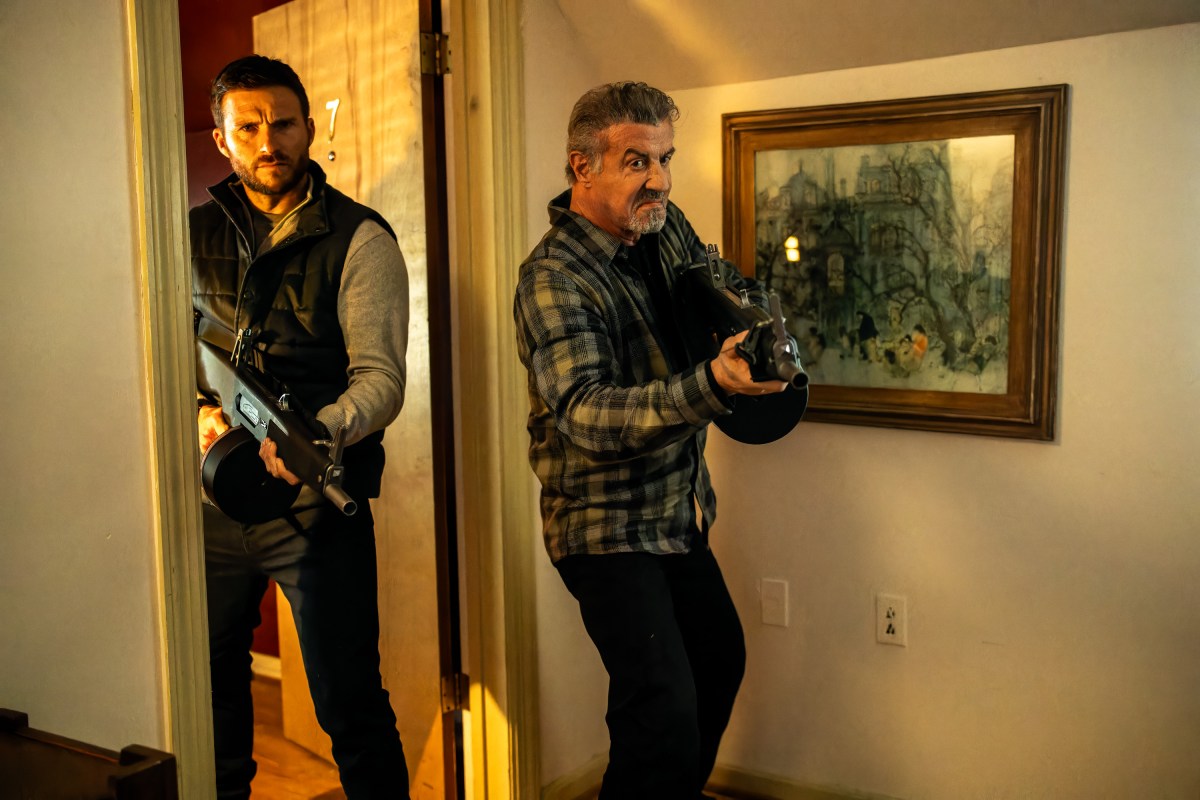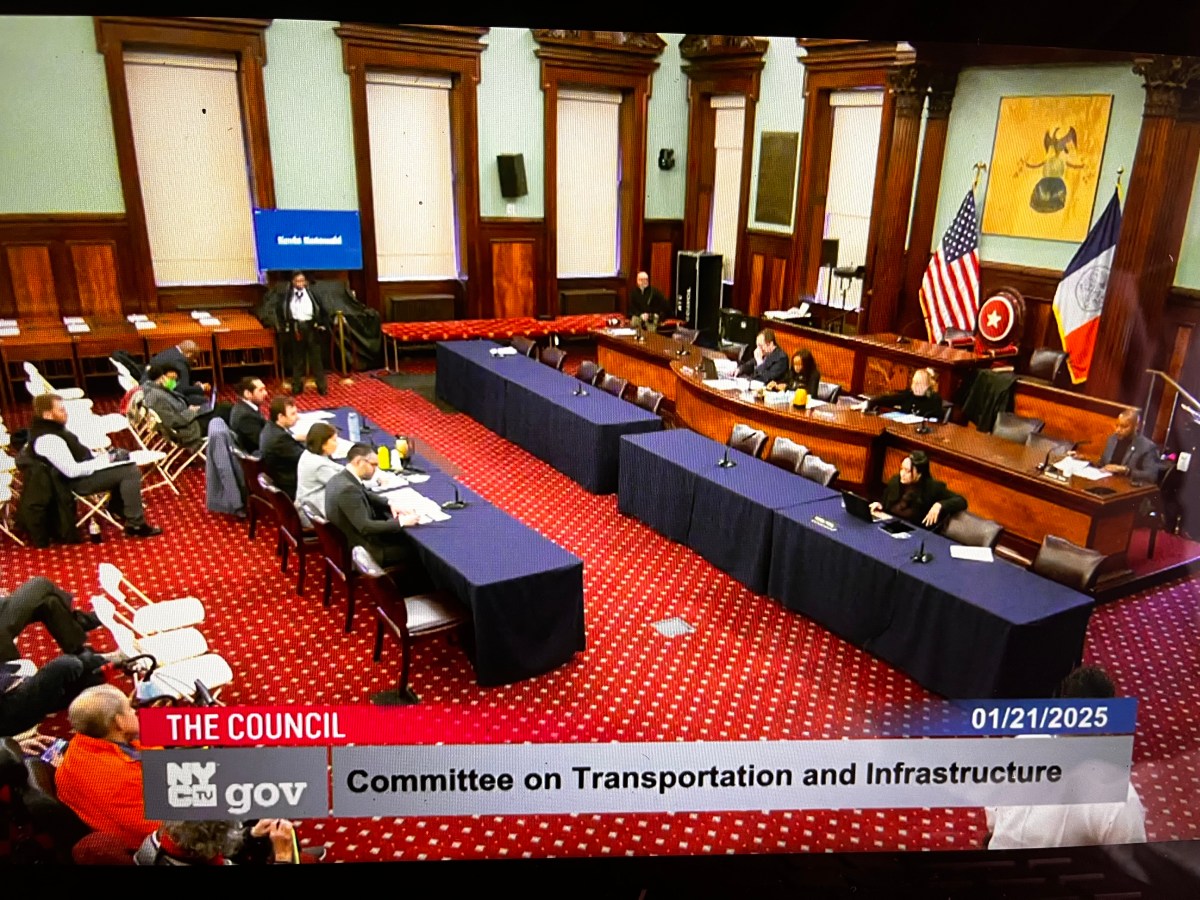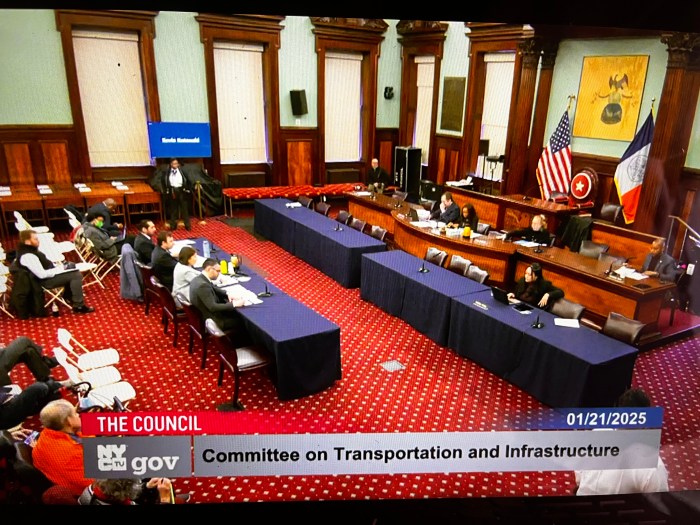
When Brooklyn’s resident poet Walt Whitman published his then-provocative "Leaves of Grass" in 1855, there was already an LGBTQ presence in the borough, even if it wasn’t spoken about.
An entire queer-identifying community lived, worked and traveled along Brooklyn’s coastline during the 1800s up through World War II, and it will be the subject of the Brooklyn Historical Society‘s forthcoming exhibition, "On the (Queer) Waterfront."
Through photographs, ephemera and artifacts culled by the Brooklyn Historical Society, the exhibit, which opens March 5, will tell the tales of LGBTQ people from across 150 years, including Walt Whitman, looking at both the changes and lack thereof in our ideas about sexuality.

The exhibit will examine five types of work that were welcoming or interesting to the community — artist, entertainer, sex worker, sailor and factory worker, according to the historical society.
Male impersonator Ella Wesner, burlesque dancer Madam Tirza and Whitman are just a few of the people you’ll meet.
"No other exhibition to date has ever focused on the LGBTQ history of New York’s most populous borough," curator Hugh Ryan said. "Until recently, ‘Brooklyn’ and ‘queer history’ have rarely been associated with each other, but it is my hope that this exhibit will begin to broaden our understanding of the history of Brooklyn, the history of queer people, and the history of queer people in Brooklyn."
Ryan, who will release his book "When Brooklyn Was Queer" on the same day the exhibit opens, co-curated the exhibition with Avram Finkelstein, who is a founding member of the Silence = Death Project and the Gran Fury AIDS activist artist collectives.

Ryan’s book launch party and the exhibit’s opening reception are set for March 5, from 6:30 to 8:30 p.m., but there will be other opportunities to sit in and learn about the intersection of LGBTQ identity and history:
- April 1: Ryan will discuss LGBTQ identity and creativity with historian Daniel Hurewitz and author Sherill Tippins in "The Queer Creative Impulse: Artistic Expression and Gender Identity."
- April 15: Columbia University professor and author of "Gay New York: Gender, Urban Culture and the Making of the Gay Male World, 1890-1940," George Chauncey, will lecture about the city’s postwar gay culture and politics.

Plus, Brooklyn Historical Society’s podcast, "Flatbush + Main," will release an episode on this history following the exhibition’s opening.
The new exhibit, which will be around until Aug. 4, is being done in conjunction with the historical society’s long-term exhibition and experience "Waterfront," which is about the history of Brooklyn’s coastline through stories of workers, industries, activists, innovators, families, neighborhoods and ecosystems.
If you go: Suggested admission to the exhibit is $10 for adults, $6 for seniors and teachers and free for students. The Brooklyn Historical Society at 128 Pierrepont St. is open Wednesdays through Sundays from noon to 5 p.m.





































